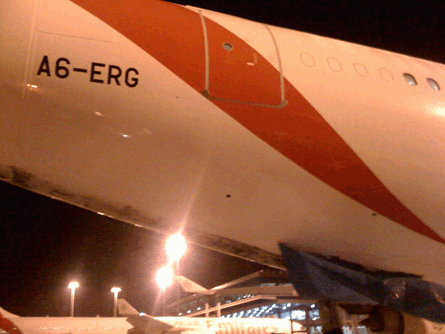Emirates tail-strike crew missed chances to catch weight error

Australian investigators have catalogued a series of missed opportunities to catch the weight data error which led to the serious Emirates Airbus A340-500 tail-strike at Melbourne.
Keep reading this article by becoming a FlightGlobal member now
PLEASE REGISTER FOR FREE OR SIGN IN TO CONTINUE READING

You have reached your limit of free articles for this period. Register for a FREE account to read this article and benefit from:
- Increased access to online news and in-depth articles from:
- FlightGlobal Premium covering the global aviation industry
- Airline Business providing insight for business leaders
- Weekly newsletters on topics across the industry
